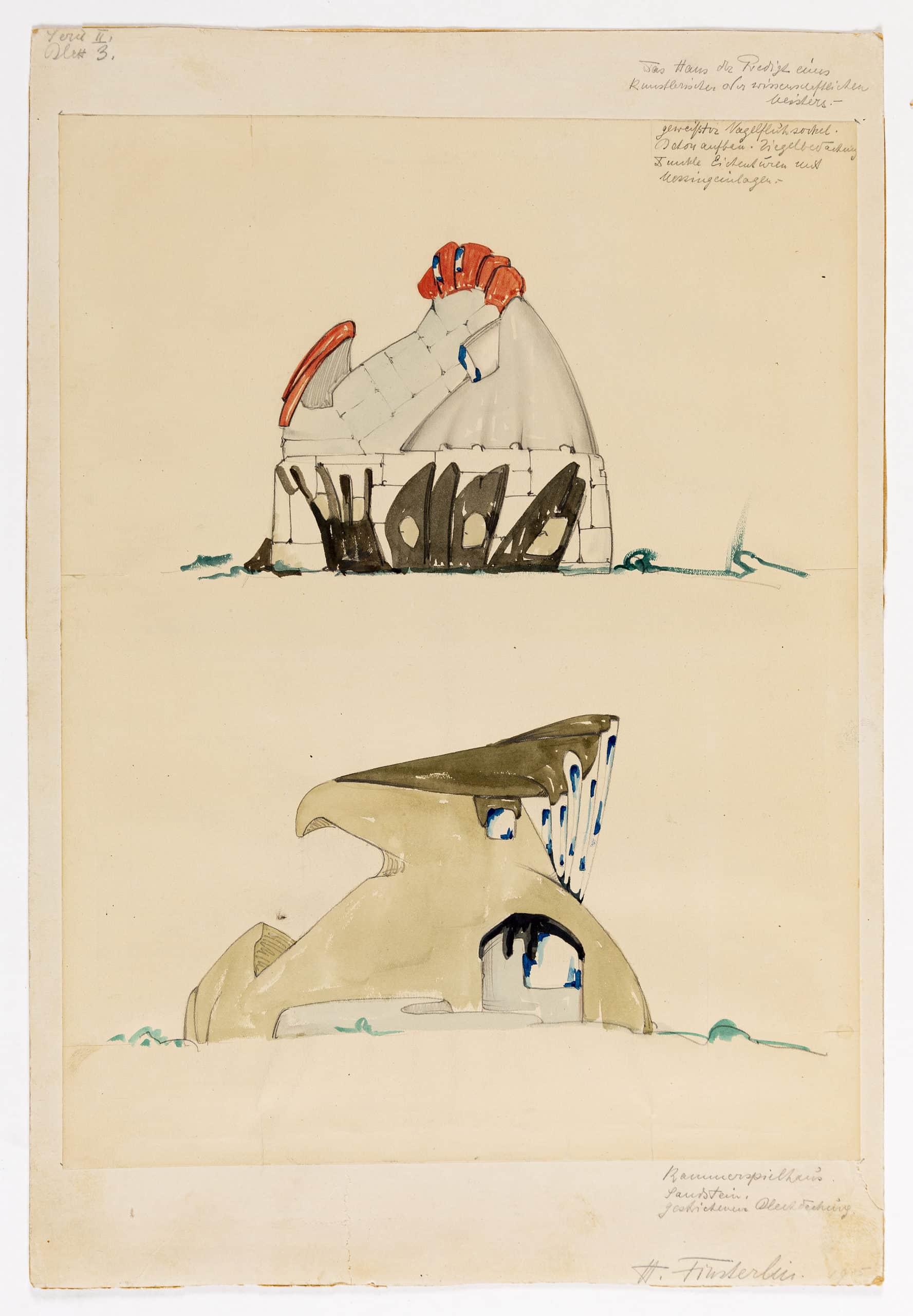Insignificance 4: Self-reflexive

Whoever decides to study the conditions of a practice of imagining architecture through/as line will, I am afraid, be left in despair. Once the theatrical mask of line’s incontrovertible instrumentality is seen to slip, line’s solidity, its all too evident honesty as a simple mimetic tool, turns up by and by, to be porous and internally destabilised. Shall we have to contend with the possibility that line as a system of communication achieves its consequent reading through an apparent indifference to the object projected? Simply, if line is always skirting around the body of the object, how does it nevertheless contribute to the construction of inferred architectural meaning?
In pursuing this enquiry, the self-reflexive line defines itself in relation to the other connotative categories in its desire to consciously work with and within contradiction. Thereby negotiating a transitory space for production, within the triad of employing line (didactic), accepting line (aesthetic) or denying line (ambiguous). A self-reflexive mode of production needs to be cognisant that the line of architecture ‘does not present by rendering present what [it] is showing, but in showing it behind everything, as both the meaning and the absence of that everything’. [1] Although line would seek to simply represent, it is able to maintain a studied indifference to the material world of things it is supposed to signify, which by degrees, celebrating its discreteness, seduces the absent object to acquiesce, within the arena of simultaneous relations:
the picture plane.
Simple repetitions are not possible inside of relation. Each new line, although similar in appearance, contributes to the construction of meaning, only in relation to other previously located lines which reside within the composition. And so, within the physical economy of sequential line production, each successive line creates a new relation to the previous line or lines, and, in this sense no repetition is possible, as each line, as it is drawn upon the picture plane, engenders a relation which both physically and ideationally locates the line as between existing relations. The intellectual and anatomical pleasures which are associated with simple line repetition needs therefore to be disavowed. Self-reflexive line practice works within the apparent contradiction, that although line is required to assume a certain constancy (visual codes applied to the dead materiality of line), the value of a composition, as symbolic capital, resides at least partially, within the material relation of one line to another, and not wholly within its adherence to the idea of the content.
Line assumes the countenance of a cadaver outside of relation. Within this state the tension between the mythic function of the architectural line, as a progenitor of social relations, and its panchronic materiality are played out. The self-reflexive line is though unable to free itself totally, of a naive desire to accurately represent, accepting that not to do so, would be to
enter the realm of other related disciplines. A language which envelops the object by locating itself within the voids and upon the edges of the objects very absence, this language, which seems to obscure more than it is willing or able to explain, perhaps invites a form of cultural production, curious enough to drift within line, rather than to simply use it.
The text above is excerpted from Gordon Shrigley, Insignificance: A short discourse on the physical and ideational economy of line within architectural representation (Solitude Editions, 1998). Now, twenty years after Insignificance was first published, Gordon Shrigley has revisited the publication for a series of postings on Drawing Matter. Each of these posts pair passages from the book with drawings in the Drawing Matter collection to extend the discussions set out in the original publication.
Find all pairings to date, here.
Notes
- The construction of meaning is built upon its contrary. Here too, as Blanchot remarks, the language of the writer ‘does not present by rendering present what he is showing, but in showing it behind everything, as both the meaning and the absence of that everything.’
Michel de Certeau, The Writing of History, trans. T. Conley (Columbia University Press, 1988), 92.

– Gordon Shrigley